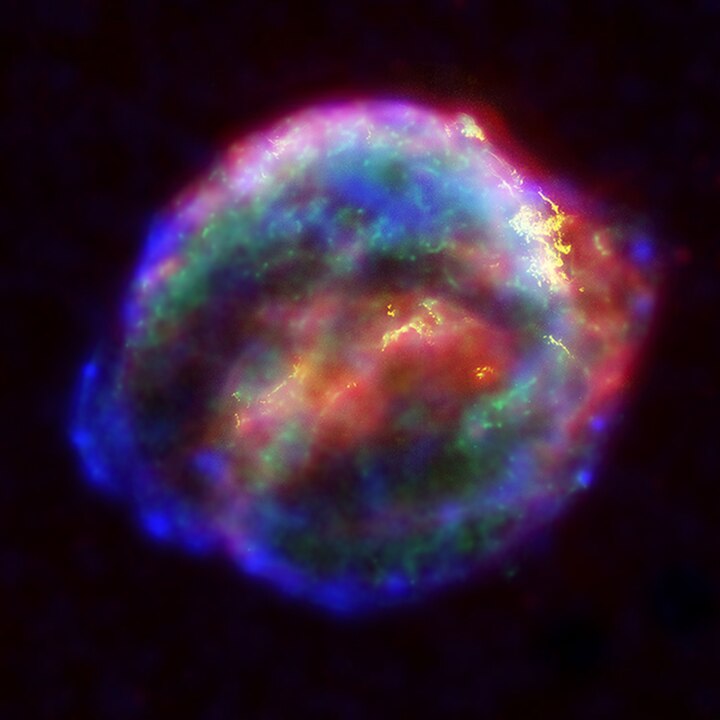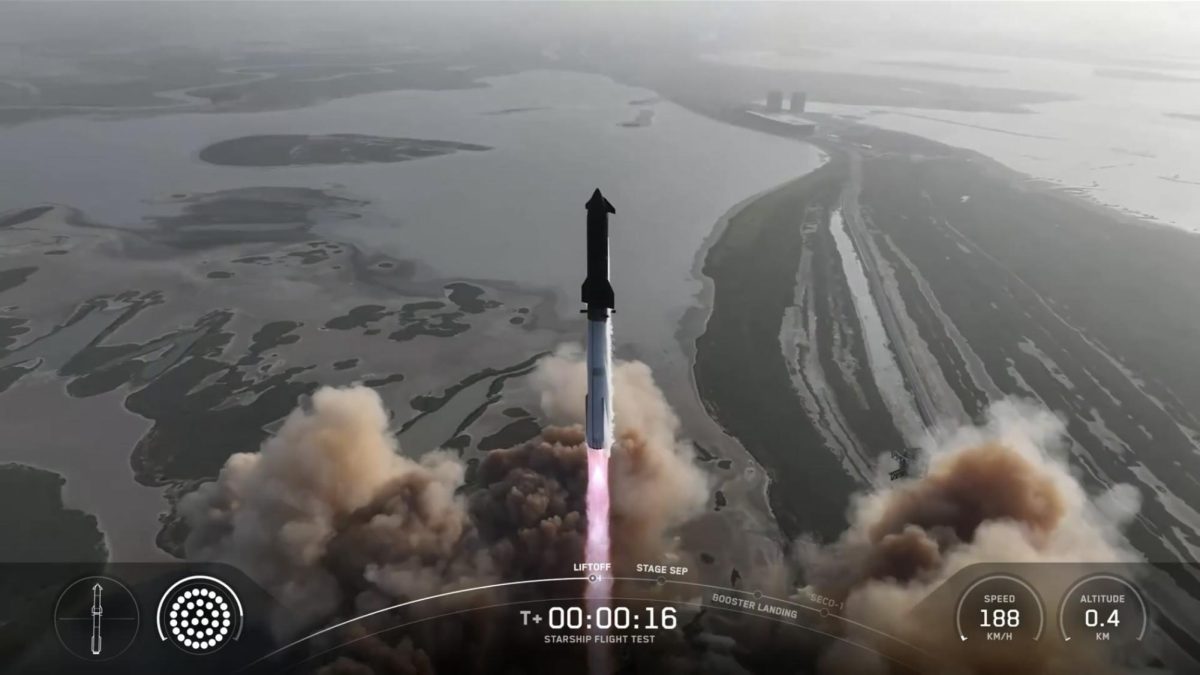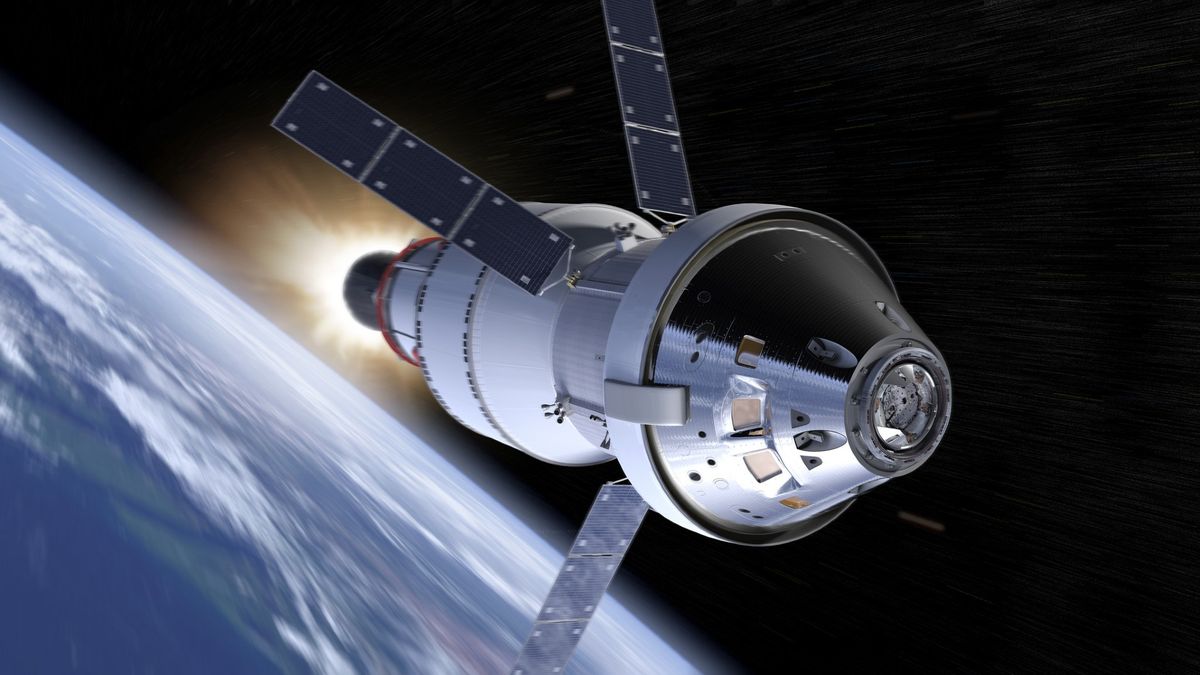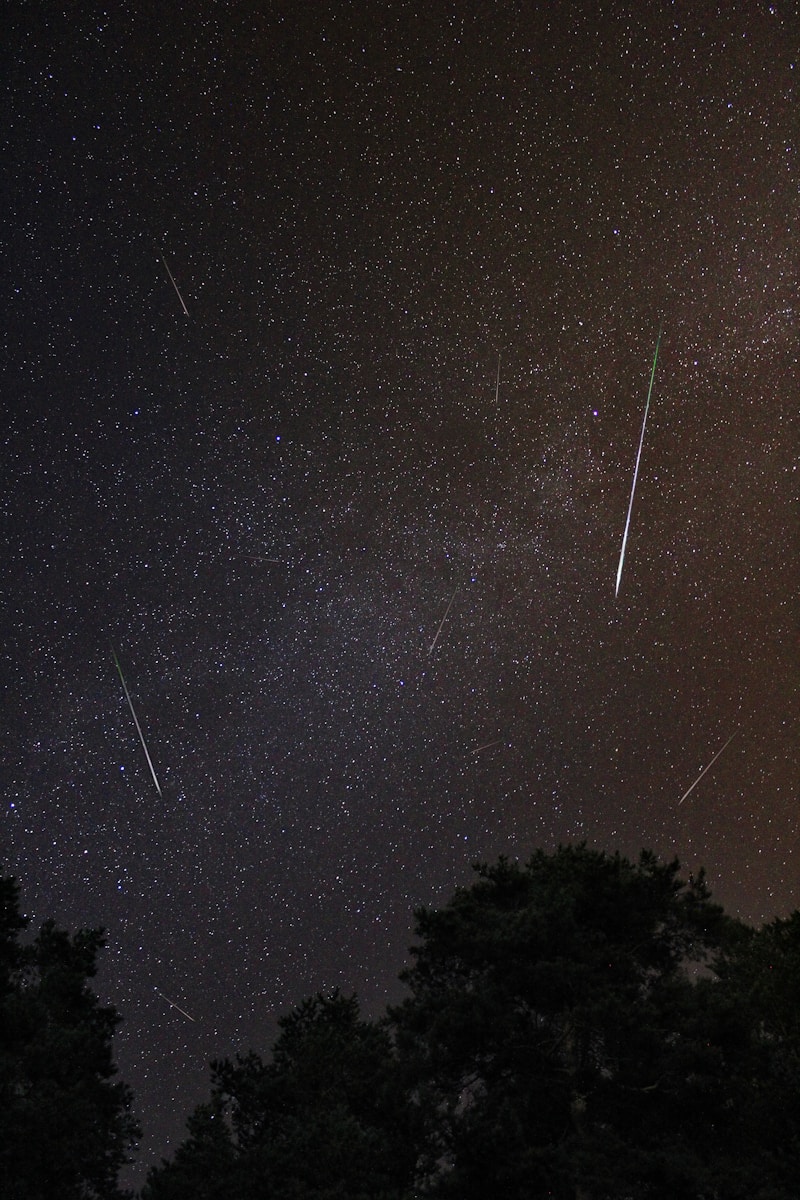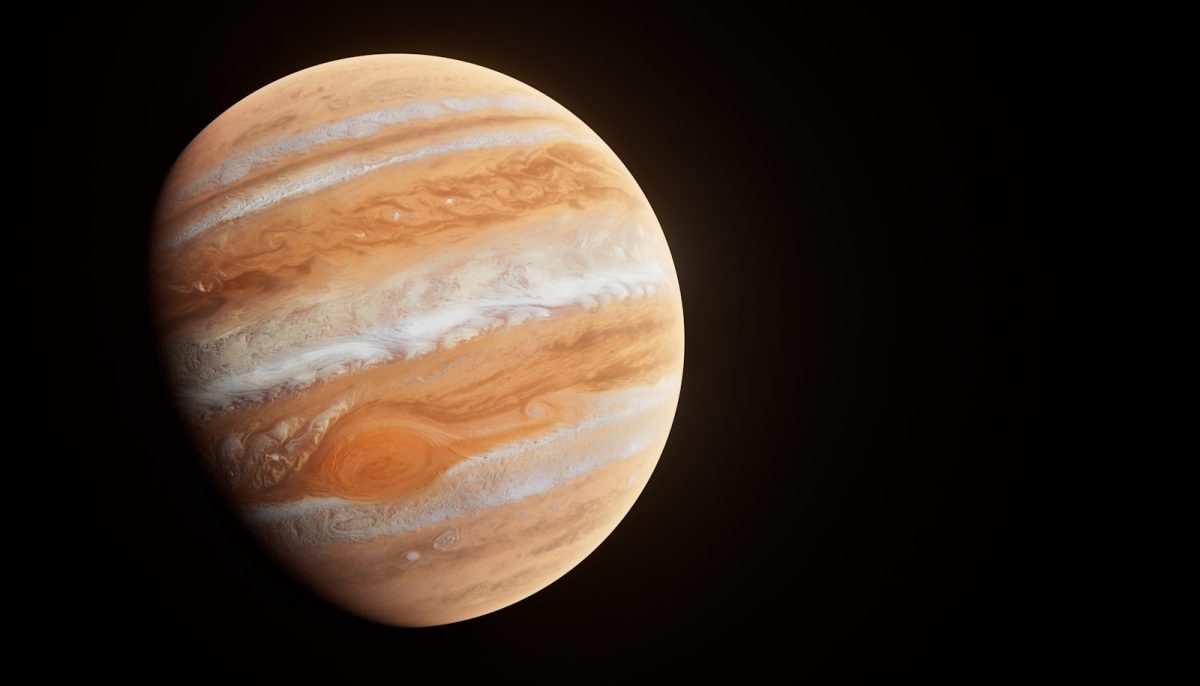What is a supernova?
Supernovae, or Supernovas are amongst the most powerful explosions in the entire universe, able to outshine entire galaxies, burn areas of galaxies, sterile, & forge the elements that create life, we have no real metaphor for their power. If the sun exploded in a supernova, it’d feel like a nuclear bomb exploded every second, for weeks. These powerful explosions are caused when very massive stars (like 5x the mass of the sun) exhaust their fuel & explode in very violent manners. There are 2 main types of supernovas & a bunch of smaller different types.
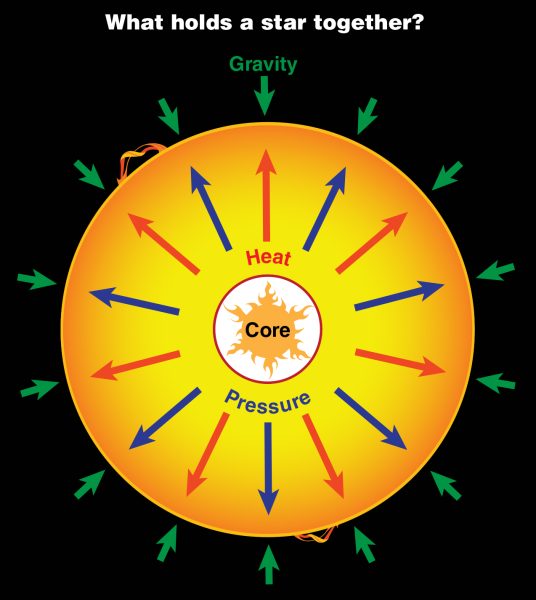
Type II Supernovae:
In a nutshell, all stars, including massive ones (larger than 5x the mass of the sun) are held up by 2 opposite forces, the star’s own gravity, & the star’s nuclear fusion. When a massive star runs out of hydrogen fuel to fuse, the star implodes & explodes violently in a type II supernova, leaving behind a Neutron Star or a blackhole if the star is even more massive.

Type I Supernovae:
This type is mainly caused in binary star systems where a white dwarf star pulls in mass from its companion star. If enough matter is piled onto the white dwarf, it reaches the so-called Chandrasekhar Limit where nuclear fusion ignites & the white dwarf explodes into a type I supernova, leaving nothing behind.
Studying supernovae.
Asides from that, astronomers have been studying supernovae using the NuStar (Nuclear Spectroscopic Telescope Array) in hopes of learning more about the universe. Such examples include using type I supernovae as sort of a ruler to measure distance in the universe as since type I supernovae always have the same brightness, in fact, they even learned that supernovae are the sources of heavy elements like gold, uranium, & silver.

Their effects on the Earth.
When stars explode in supernovas, at first it looks like a colorful ball of hot gas, creating a spectacular cloud of super bright light shining for about a month, but that’s not it. The remaining hot gas gets catapulted & rushes outwards like a star tsunami, sweeping everything in its path & expanding up to dozens light years in diameter before cooling off & dispersing itself back into the galaxy.
Deadly Radiation.
Stars have powerful magnetospheres & when they go supernova, the star tsunami retains a lot of the magnetosphere’s energy, in this, charged particles are accelerated to immense speeds which means the star tsunami is also shooting deadly radiation in all directions. If this star tsunami hits us, the damage the radiation would cause is dependent on how far away the initial explosion is.
Thousands of light-years away. Crab Nebula.
We humans have seen & documented supernovas for thousands of years, but all of them were thousands of light-years away. When we documented the supernova dubbed “SN 1054” that formed the Crab Nebula back in 1054, we described it look like a brand-new star just formed, it may have outshined the moon but besides looking pretty, the radiation did just about nothing.
(If you want to see what happens if a supernova occurs closer than 1000 light years. The video covers what happens)
Related Stories:
- https://spaceplace.nasa.gov/supernova/en/
- https://www.nationalgeographic.com/science/article/supernovae
- https://www.britannica.com/science/supernova
- https://spacecenter.org/what-is-a-supernova/
Take Action:
(Credit to https://esteemstream.news/86790/transportation/space/saturn-will-lose-its-rings for its take actions)
